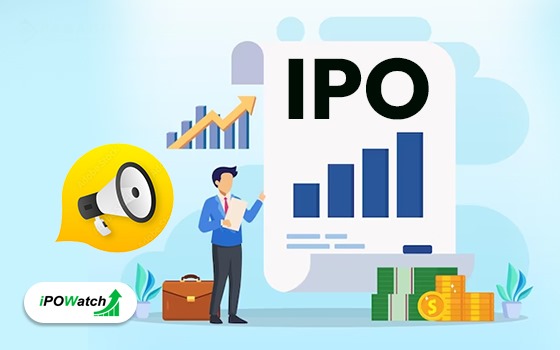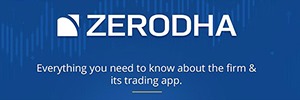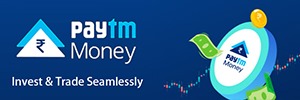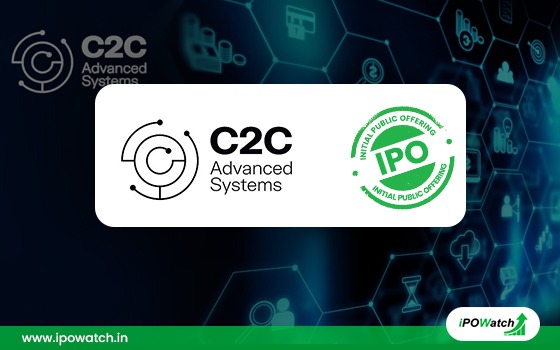In such a scenario, it is important that investors are able to filter out the companies that are likely to be hit harder, in the near term, from those that may be able to mitigate the effects of the downturn.
Though companies in the BSE 100 index registered a robust net sales growth of 39 per cent year-on-year (y-o-y) in the second quarter of FY09, their operating profit dipped by around 2 per cent, which implies contraction of operating margin due to high input costs. Hitesh Agrawal, head (research), Angel Broking, says: “The rising input costs have impacted the profitability of companies and this is reflected in the results of the second quarter.”
Slowing demand due to erosion of purchasing power caused by inflation, along with the impact of high interest cost has spelt trouble for several companies, and their second quarter results have given evidence of this. Check for high levels of debt and fixed cost and low cash reserves before you invest. Here’s why.
High on debt
Companies that have high levels of debt (also called financial leverage) enjoy extraordinary growth in a favourable environment. They use debt to fund their assets and enhance their return to shareholders. However, a debt component could prove risky for those who are invested in cyclical sectors like real estate, capital goods, cement and auto. In India, construction and real estate sectors are the worst hit.
The balance: Companies with high debt levels could see a sharp drop in their profit, and therefore in earnings per share (EPS), because their interest outgo would remain unchanged even when revenues are falling. During a downward cycle, these would suffer the most and investors should keep their distance. If this criterion is used to analyse Indian companies, we will find that the debt/ equity level for BSE 100 companies, as on March 31, 2008, is 0.93, which is quite low.
Outflow: Another factor to look at is how big a part of a company’s operating profit goes towards paying the interest on debt. High interest outgo percentage and debt/ equity ratio can be indicators of glitches in a company’s financial stability. However, it is important to stand a company along with its peers as well as the industry average to get a true measure of its position. A significant divergence calls for caution and further analysis.
Current value: The current fall in rupee’s value has led to a currency risk for companies that have borrowed from outside India. Lower rates abroad had made foreign borrowing cheaper. This advantage, however, doesn’t exist anymore. Earlier, when the rupee’s value was higher, companies would pay just Rs 40 for each dollar of interest repayment. Now, at rupee’s lower value, companies have to pay Rs 49 for each dollar of interest repayment. This is increasing the cost for companies, and, therefore, reducing their profitability.
Currency risk assumes importance when a company is borrowing heavily in the foreign market. Investors should always be aware of the risk inherited in such companies. To take an example, we have picked a few companies from various sectors. In real estate, the debt/ equity levels for Lancor Holdings and IVR Prime Urban Developers are 4.45 and 4.05, respectively, substantially higher than the sector average of 1.30. This makes them both vulnerable. However, Lancor’s interest payment outflow (interest paid on debt as percentage of operating profit) at 49.75 per cent is much higher than IVR’s 15.29 per cent. This makes it a safer option than Lancor when it comes to financial leverage.
High fixed cost
If a company’s fixed portion of input costs remains high even when its sales are falling, the profit margin will get depleted. In India, problems due to operating leverage (the balance between fixed and variable costs) will be higher because, in the last few years, companies have had a high fixed cost that was contributing towards higher margins.
Says Chetan Majithia, head (equities), CRISIL Research: “Now, as the demand offtake is not there, companies with high operating leverage will get affected. Since the economy was growing at a higher rate, the negative impact of (high) operating leverage was not seen. But as the growth is slowing the impact will be seen.” The retail sector has been affected because of high rental costs. Brokerage firms are already in the deep end with their operating profit growth falling more sharply than their sales growth. In fact, operating profit growths have fallen even when sales have grown substantially, a sure shot danger sign for investors to look out for.
Pile of cash
A company’s cash flow, like a pulse in the human body, is a sign of its well being. In the long term, after expansion phase is complete, companies should be cash positive. For an investor, cash flow figure gains more importance as it determines the dividend payout.
Study of cash flow also gains significance in the present situation of tightened monetary policy that has made borrowing of funds difficult for companies. “We should be cautious while analysing a company in its expansion phase. It should have sufficient cash flow to fulfill its capital requirements. Other companies should have enough to protect the dividends that they pay to investors,” says Majithia.
The above mentioned criteria are well established filters. They gain further significance while picking stocks in these uncertain times. These factors, in combination with other conventional performance indicators, can go a long way in determining which stocks to select and which to reject.
Debt management
The two factors of debt/ equity ratio and interest outgo as percentage of operating profit together can be indicators of a company’s health, especially of those in cyclical sectors such as real estate and capital goods.
Company | Debt/ Equity ratio | Debt/ Equity sector average | Int. (%) 1 |
Real estate | |||
Lancor Hold | 4.45 | 1.3 | 49.75 |
Vipul | 4.09 | 1.3 | 35.46 |
IVR Prime Urban Dev | 4.05 | 1.3 | 15.29 |
Satra Prop | 3.17 | 1.3 | 35.58 |
Capital goods | |||
Elecon Engg | 1.74 | 0.32 | 22.27 |
Punj Lloyd [Get Quote] | 1.38 | 0.32 | 45.04 |
Usha Martin [Get Quote] | 1.13 | 0.32 | 34.6 |
Gammon India [Get Quote] | 0.41 | 0.32 | 22.62 |
1 As percentage of operating profit | |||
Deep dive
High fixed costs can deplete a company’s profits, especially if sales are also falling. Many brokerage companies are in this situation now. Here are some of the bigger players who are already seeing this effect.
Company | Net sales growth (%) 1 | OP growth (%) 1 |
Joindre Cap Serv | -18.25 | -71.08 |
Almondz Global Sec | -1.24 | -67.54 |
Emkay Global Fin. Serv | 45.7 | 44.41 |
Dolat Investments [Get Quote] | -0.2 | -29.55 |
Arihant Cap Markets | 82.43 | -19.93 |
OP: Operating Profit | ||
1 Q1 FY 2009 | ||
Source: CMIE |











